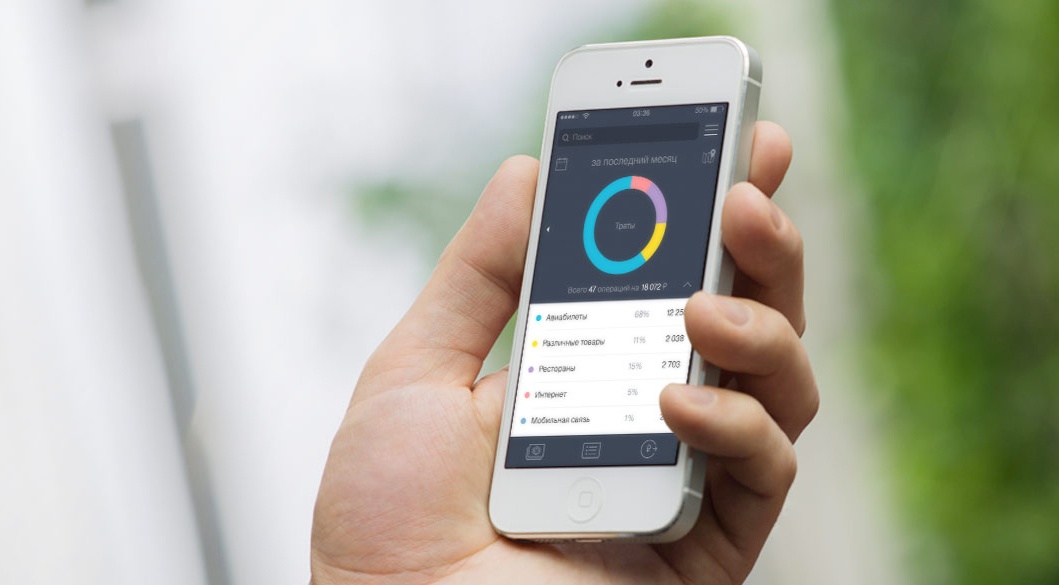Why small businesses should invest in apps
In the present modern world, digital media has a gigantic place in our lives. Notwithstanding, numerous small-scale business owners or startups still...
4 min read
Audrey Throne : Apr 10, 2019 12:00:00 AM


Organizations develop applications with the prime intention of providing a smooth and friendly end-user experience. In this day and age, technology is moving at a fast pace, and people no longer have the time or patience to deal with slow responses. The ideal loading time for a mobile app is around two seconds. So if your app takes longer, you may already be losing customers! 40% of users will refrain from a site that takes more than 3 seconds to load.
The problem is that users tend to get frustrated and angry if they have to wait- some never return to the same app. 79% of shoppers who are dissatisfied with performance are less likely to buy from the site again.
Technology has made life quite easy. Owning a smartphone is now a necessity rather than a luxury, especially when you can complete multiple tasks on the go. However, there’s nothing more annoying than having to deal with an unresponsive or slow app when you’re short on time. As many users are saying, “Slow is the new down.”
Some issues that can make an app slow are:
Application Performance Management (APM) is vital for any IT related company. It impacts business success in today's economy. For every extra second that the app takes, the conversion rate declines by 7%.
If you want your company to remain competitive, you need to focus on the three components of ROI — cost reduction, productivity enhancement, and incremental revenue generation. Application management focuses on customer satisfaction, loyalty, and better user experience, which in turn profoundly impact your business’ competitiveness.
Apps are increasingly important in this digital world. When an app does not perform, it reflects on not only its poor, isolated performance but also the performance of your business as a whole. Uptime and load speed are two essential IT-focused aspects of the app that influence the financial results and value of your business. Unfortunately, almost 50% of the customers uninstall or stop using an app if it is slow.
There are several ways application performance can impact your business. Since many are interrelated, one factor may trigger multiple others, which ultimately affect the bottom line. Even when your app is up and running smoothly, occasional slow performance can negatively impact your organization.
Here are some consequences you should be aware of:
The end user's experience is dependent on application performance, whether it’s on the web or mobile. Any successful enterprise must place priority on providing excellent UX. If a slow app makes it hard for users to purchase a product or utilize a service, they will go someplace else where interaction is quicker and easier. It can damage your brand image and negatively impact revenue. So, it’s more than just a technical issue.
If your business app performs effectively, it’ll help the business accomplish all its goals. Implementing the correct APM tools helps to avoid performance and availability issues from occurring. They also let the IT department make proactive choices to enhance the overall customer’s experience.
Productivity depends upon the smooth operation of numerous apps. Any interruption hinders productivity. Though downtime is an obvious problem, slight delays in performance can also drastically diminish employee productivity. If updated apps do not perform optimally, employees may revert to the older, less efficient ones. This could be detrimental to the process of moving forward.
If employees do not perform well, obviously your business will suffer. Any disruption in service reduces effectiveness and productivity, and therefore quality and revenue. Utilizing high-quality services and improving software functionality helps employees perform optimally.
Various departments need to work together as a team. Information needs to be up to date and readily available for employees to make the right decisions. If there is a lag in unified communication, the collaboration between offices will not be hampered. Your business may miss new opportunities, which converts to a loss in revenue.
Since the introduction of e-commerce, customers are more likely to interact online than in person. For your business to remain competitive, your app has mere seconds to impress. Customers these days have no tolerance for pages that load slowly or websites that do not function. The user simply abandons and moves on to the next.
Customer retention and satisfaction are highly dependent on every click and interaction that is instantly responsive. But if you want to succeed, it’s vital to attract new customers while retaining the old ones. Therefore the app needs to stay up and running along with keeping the level of performance up to the standard that customers demand.
It’s important to keep the customer engaged especially during check out. If your app slows down at this critical time, the distracted customer could cancel the sale. As the conversion rates drop, the revenue drops too.
When applications that support key processes of your business are unresponsive or slow, you lose credibility and revenue. Similarly, better performance creates more leads, more conversions, and an increase in sales. And as customers experience improved responsiveness, loyalty increases, enabling you to develop a long term relationship with them.
Your app represents your brand. A user's perception of a brand is influenced by his initial impression. When an app performs inadequately, it highlights the company’s inability to execute. Therefore the poor performance reflects badly on the company’s reputation. Chronically slow performance can create bad publicity through online complaints or negative reviews. This could cause lasting reputational damage.
App performance is a critical element of the quality of service your business provides to end users. Any disruption will create a negative impression of your company. While it damages profitability, it also limits employee productivity. And the business will need to invest more resources in improving the current application.
Need help with your mobile apps? Get in touch

In the present modern world, digital media has a gigantic place in our lives. Notwithstanding, numerous small-scale business owners or startups still...

Applications are developed for many reasons in today’s time. For a business, applications can bring revolution, as the applications tend to cut down...

So, you think your business needs an app?